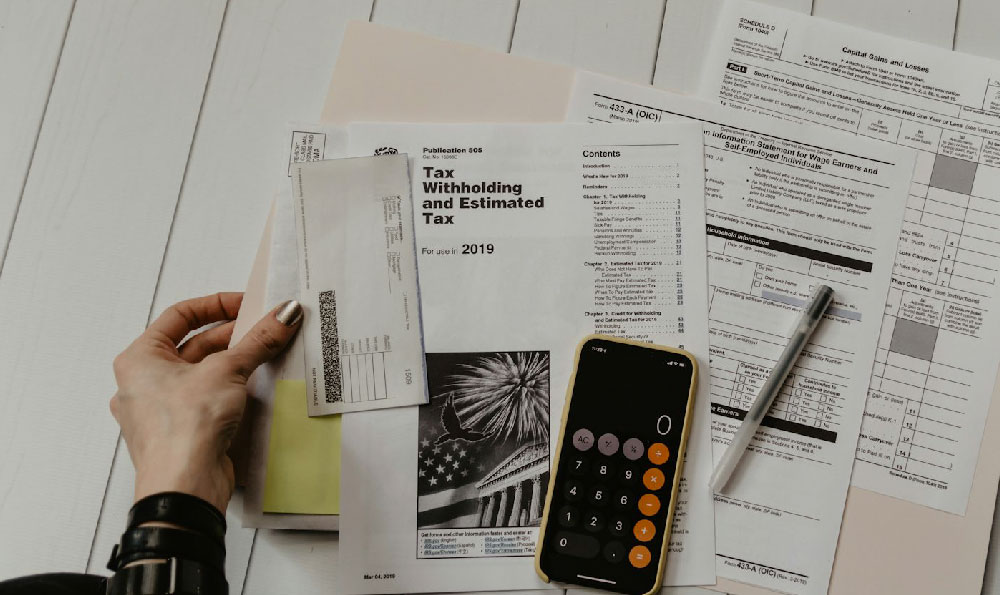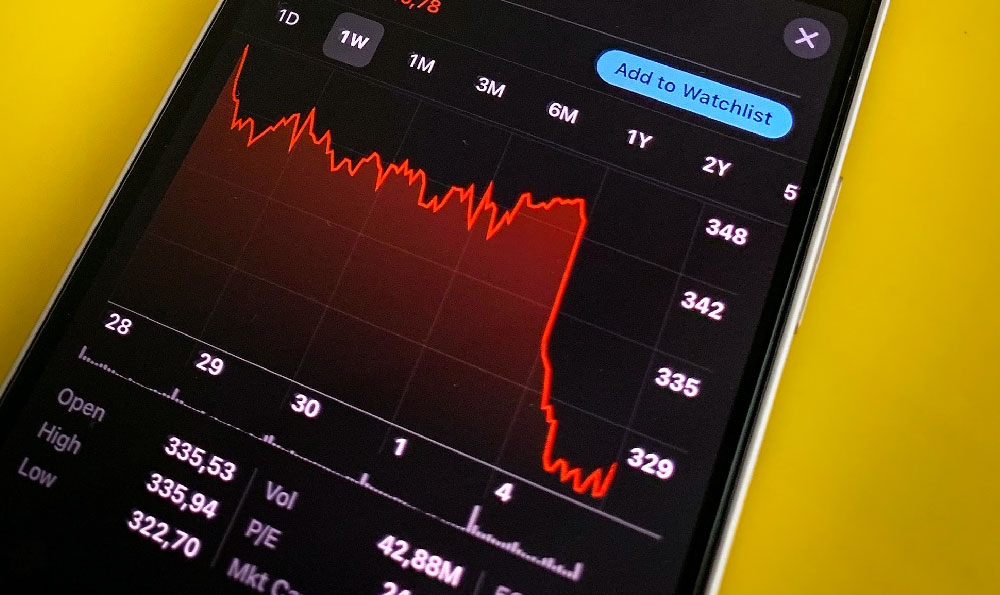Building a robust revenue strategy for music artists in the digital age requires a nuanced understanding of both traditional methods and emerging technologies. As the industry evolves, so do the avenues through which creators monetize their work, often intersecting with the dynamic world of cryptocurrency and blockchain. This intersection isn’t just a fleeting trend; it represents a fundamental shift in how art is valued, distributed, and compensated. By examining the existing frameworks and the transformative role of decentralized systems, we can uncover a roadmap that empowers artists to thrive amid rapid technological and economic changes.
Music artists have long relied on a mix of income sources, from selling physical albums to licensing their work for film and television. The emergence of streaming platforms initially revolutionized access to music, yet the complexities of royalty distribution and the lack of direct artist-to-fan interaction posed challenges. Traditional revenue streams often involved intermediaries who retained significant portions of earnings, leaving creators with a fraction of the value they generated. This disconnect has spurred a reevaluation of how artists can reclaim control over their work and earnings, and blockchain technology offers a compelling solution.
One of the most groundbreaking developments in this space is the rise of non-fungible tokens (NFTs). These digital assets have enabled artists to tokenize their music, creating unique pieces that can be bought, sold, or auctioned on blockchain-based platforms. Unlike conventional music sales, where ownership is often unclear, NFTs provide verifiable proof of ownership and allow artists to embed royalties directly into the transaction. Every time an NFT is resold, a percentage of the proceeds automatically goes back to the original creator, bypassing intermediaries and ensuring sustainable income. This mechanism not only diversifies an artist’s revenue stream but also encourages long-term engagement with their fan base, as collectors are incentivized to support the artist’s ongoing work.

Beyond NFTs, decentralized platforms are reshaping the music industry by reducing reliance on centralized gatekeepers. Streaming services like Spotify and Apple Music have created a paradox: they offer global access to music while taking a steep cut from artists’ earnings. In contrast, blockchain-based platforms such as Audius and Hive allow artists to maintain direct relationships with their audiences. By leveraging smart contracts, creators can automate royalty distribution, set pricing, and even grant exclusive access to content. The transparency of these systems ensures that artists receive a fair share of revenue, fostering trust and eliminating the unpredictability of traditional licensing agreements.
The integration of cryptocurrency into music creation also extends to new business models that prioritize fan engagement. For instance, tokenized concert tickets can offer fans unique perks, such as early access to merchandise, exclusive behind-the-scenes content, or voting rights on creative decisions. This model not only increases the perceived value of a ticket but also transforms fans from passive consumers into stakeholders in the artist’s journey. Similarly, tokenized royalties can provide artists with a direct line of income, making it easier to fund future projects or retirement plans. By adopting these strategies, musicians can create a more resilient financial foundation that isn’t dependent on the whims of traditional industry players.
However, the shift toward blockchain and cryptocurrency isn’t without risks. The volatile nature of digital assets means that artists must carefully consider the timing of their sales and the stability of the platforms they choose. Additionally, the nascent regulatory environment for NFTs and decentralized finance (DeFi) creates uncertainty about the long-term viability of these strategies. Artists must also navigate the technical complexities of blockchain, from wallet management to smart contract programming, which can be daunting for those unfamiliar with the space. To mitigate these risks, it’s crucial for musicians to diversify their revenue streams, combining traditional methods with blockchain-based innovations to create a balanced approach.
The emergence of tokenized music also highlights the growing importance of digital collectibles. While NFTs are often associated with visual art, their application in music is expanding rapidly. Artists can tokenize individual tracks, albums, or even live performances, enabling fans to purchase unique experiences. This not only generates additional revenue but also fosters a deeper connection between creators and their audience. Unlike traditional products, which can be easily replicated, tokenized music offers scarcity and exclusivity, driving demand in a competitive market.
As the music industry becomes increasingly digitized, the role of blockchain and cryptocurrency in generation revenue streams for artists is set to grow. These technologies offer a new paradigm of transparency, control, and innovation, enabling musicians to reclaim ownership of their work and earnings. By embracing these tools, artists can create sustainable income models that not only align with the current market trends but also position them for long-term success. The key lies in understanding the potential of these systems while remaining vigilant about the risks, ensuring that the journey toward financial empowerment is both strategic and secure.












